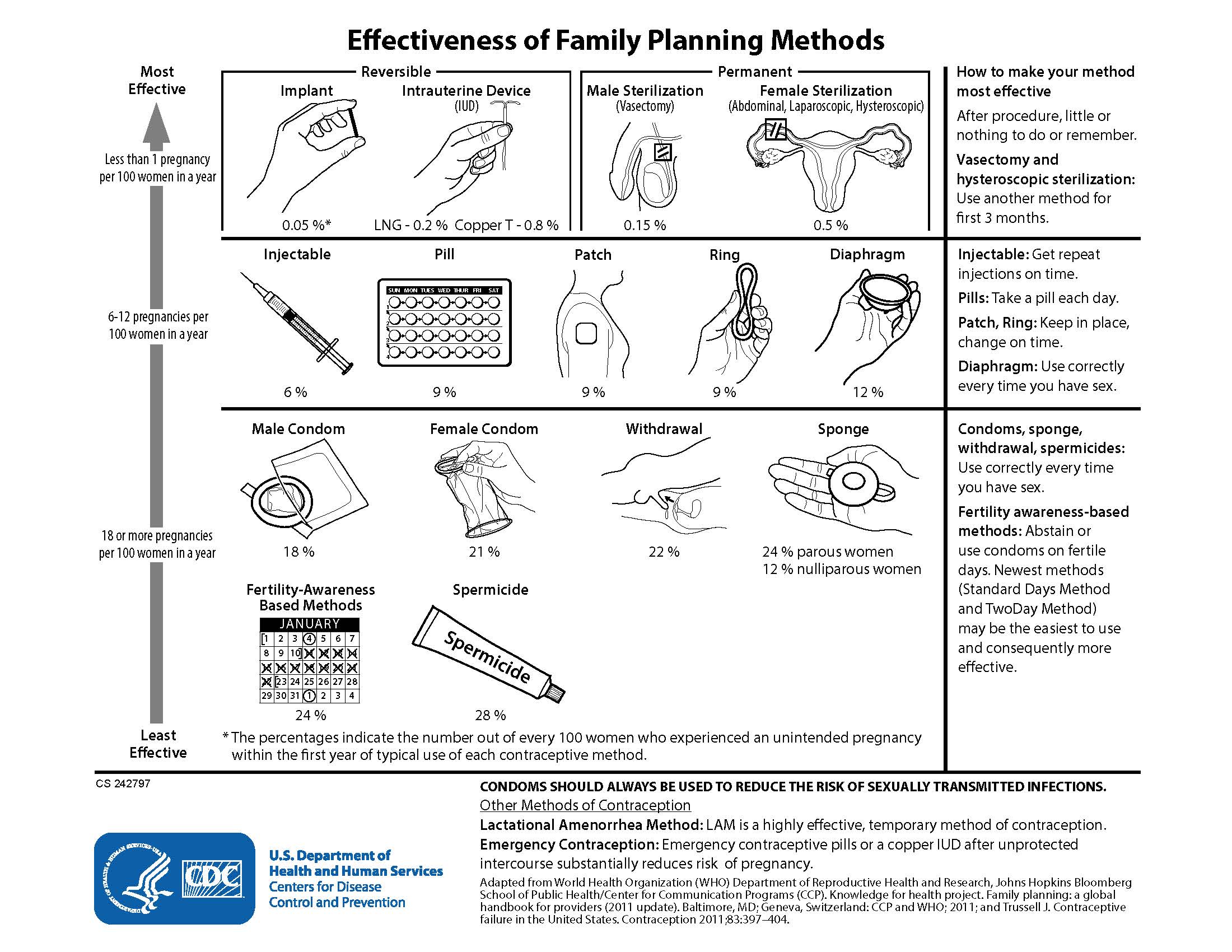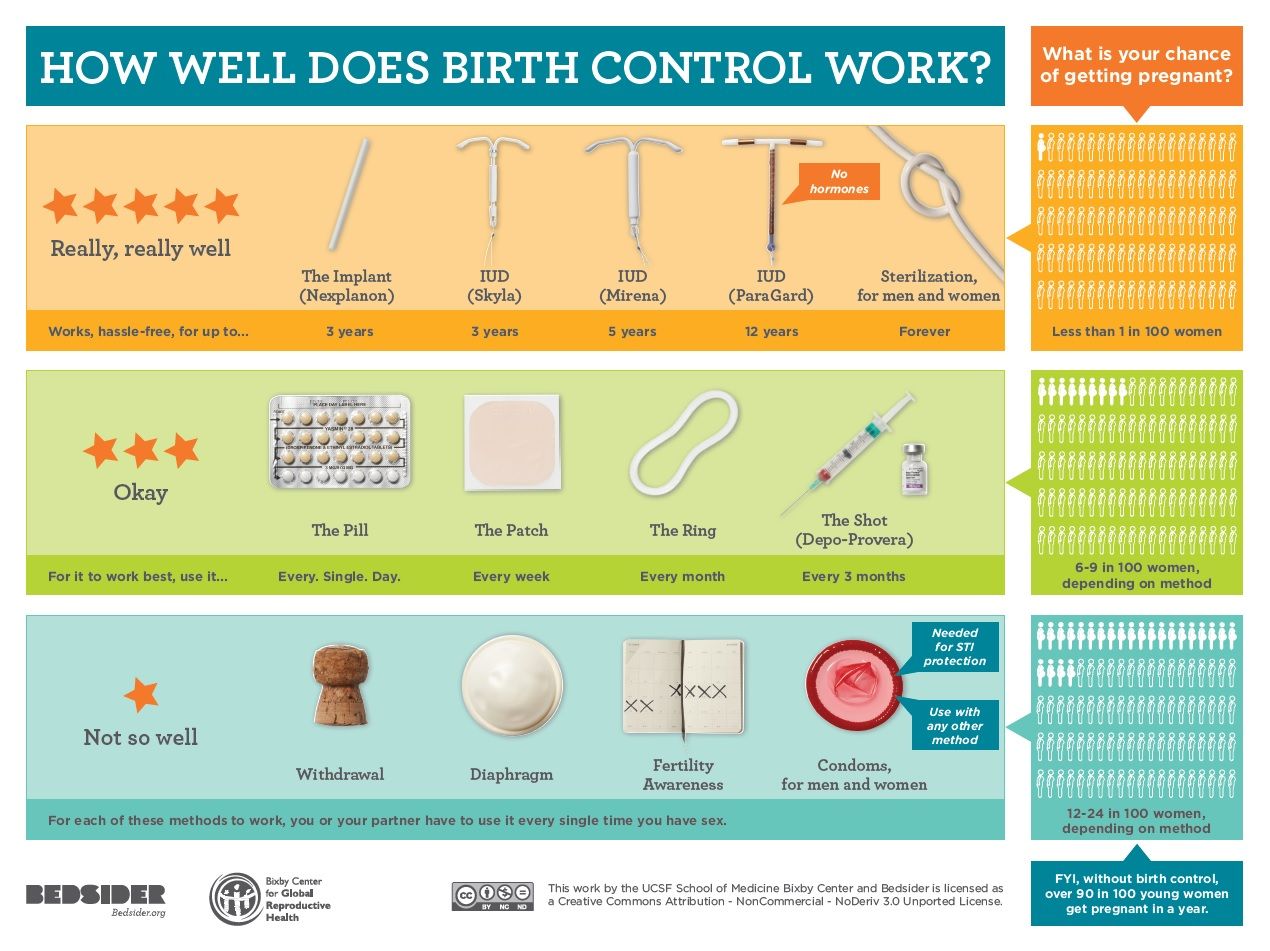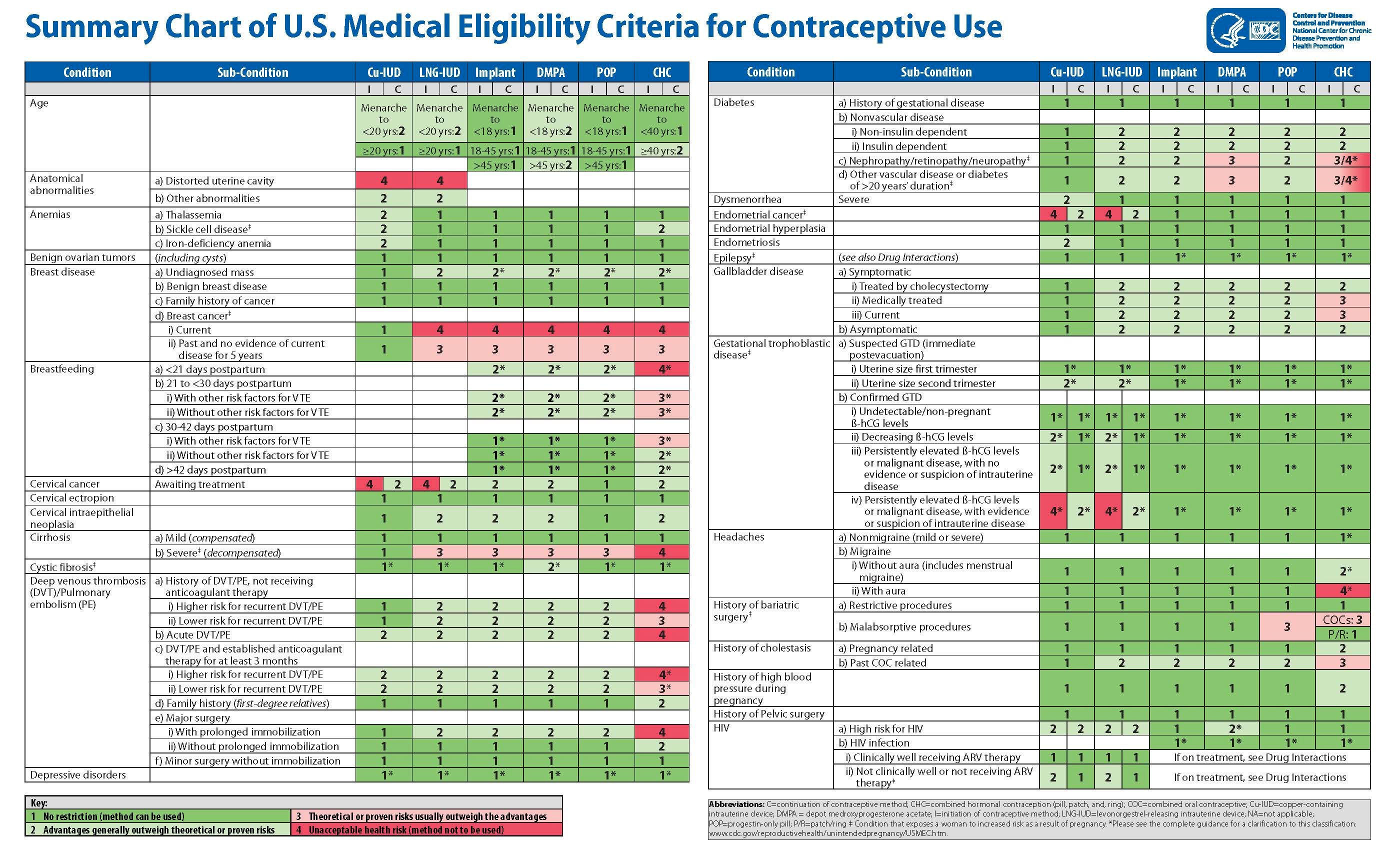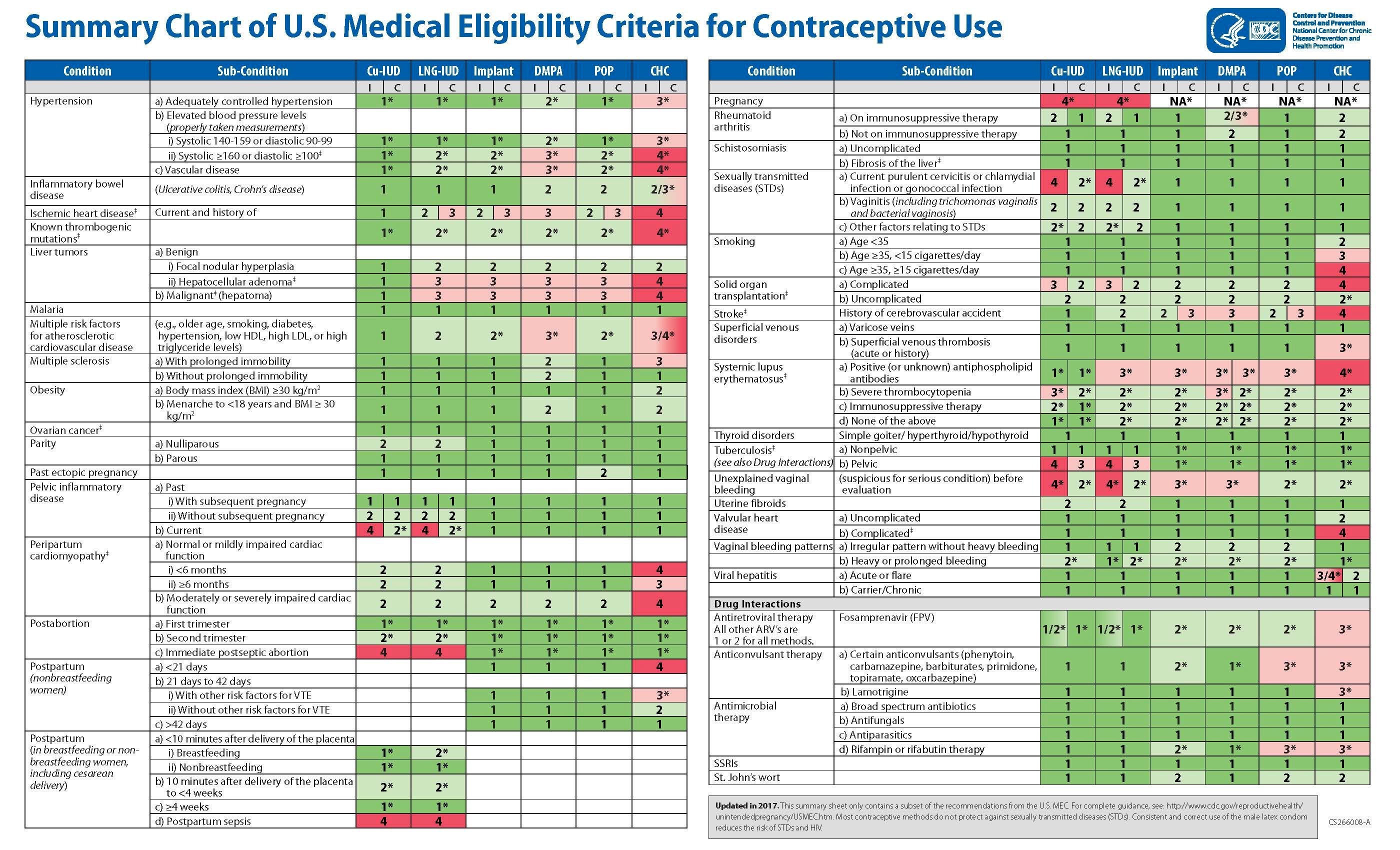Contraceptive counseling for patients with disabilities
This case study illustrates how to navigate the complex issues ob/gyns may encounter when counseling patients with a cognitive impairment.

Figure 1

Figure 2

Figure 3

Figure 4

In the United States, an estimated 12% of reproductive age women have one or more disabilities associated with difficulty in self-care and independent living. Based on 2013 data from seven states, overall prevalence of sexual activity is similar for women with and without disabilities.1,2 Contraceptive counseling for adolescents and women with disabilities can be complex given medical comorbidities in these patients, intellectual disabilities that may raise concerns regarding consent, and the involvement of families and caregivers who may seek to support the decision-making of the woman with disabilities. Unfortunately, current literature indicates the continued trend towards sterilization over other forms of contraception in women with disabilities. Our case presentation demonstrates some of these complexities in access to and decision-making about contraception for adolescents and women with disabilities. A discussion following the case outlines best practices for contraceptive counseling in this population, including medical and ethical considerations.
CaseA 17-year-old G0 with a rare genetic syndrome, mild cognitive impairment, chronic idiopathic thrombocytopenia (ITP), and migraine with aura was brought by her parents to a gynecology clinic for adolescents and women with disabilities for consultation regarding tubal ligation. At her initial visit, the patient was having regular cycles but
with dysmenorrhea treated with ibuprofen. The patient had tried a progestin implant for 1 month but it was removed at the parents’ request due to unpredictable bleeding.
The patient lived with her parents, attended a public high school career center program, and hoped to work after graduation in culinary arts. The patient and her parents were interviewed together and then the parents were asked to leave the room so a confidential interview could be conducted with the patient.
Although the patient reported she had not been sexually active, she had a boyfriend in the recent past. Both parents thought their daughter would become sexually active in the future and voiced concern that she could not be “trusted” to be consistent with birth control. The parents outlined their reasons that their daughter should have a tubal ligation for permanent sterilization: concerns that she would experience medical complications during pregnancy; doubt that she would be able to care for a child; and not wanting to care for another child, particularly a child with the same genetic syndrome and medical problems as their daughter.
For more reading: Eight tips to improve outpatient visits for spinal cord injury patients
During the initial consultation, contraception options, including risks and benefits of each method, were thoroughly reviewed with the patient and her parents. The parents were counseled regarding the need for a court order prior to sterilization of a minor and educated about the ethical context of this policy and the history of coercive sterilization of people with disabilities in the United States. Considering the patient’s history of ITP and dysmenorrhea, and the family’s concerns regarding effective contraception, a levonorgestrel intrauterine device (IUD) was recommended. The parents declined the IUD and reiterated their preference for permanent sterilization. Because the patient was almost 18, the parents decided to wait until she could consent to sterilization herself. The gynecologist agreed to meet with the patient over time to better understand the patient’s desire for future fertility, her understanding about sterilization as a permanent procedure, and her ability to participate in the consent process.
Several confidential interviews were conducted with the patient during follow-up visits. Over this time, the patient voiced concerns about having children due to her medical problems, about possible complications in pregnancy, and also about the potential for genetic abnormalities. She acknowledged a limited ability to care for children, but did report to one provider that “perhaps she could foster children in the future if she wanted to be a parent.”
Contraception options were reviewed again with the patient privately and the patient stated that she would prefer the levonorgestrel IUD because she would miss less school than she would if she underwent tubal ligation. On one occasion, the patient whispered in confidence that her parents told her to say that she wanted her tubes tied, but asked that we not disclose to her parents that she shared this information. When the mother rejoined the conversation, the patient again stated that she wanted a tubal ligation. The mother commented in front of her daughter that the family didn’t want to have to care for another child with problems like her daughter.
The gynecologist had multiple concerns about the request for sterilization, including incongruent statements made by the patient about parenting and choice of contraception, and her ability to separate her own desires from her parents’ thoughts about pregnancy and sterilization. The provider ultimately decided that she was uncomfortable proceeding with permanent sterilization. The gynecologist consulted with other members of the patient’s healthcare team, including the geneticist and a member of the hospital ethics committee, who both agreed with her ethical concerns about sterilization. At a final conversation with the patient and her mother, the gynecologist expressed her ethical concerns about proceeding with permanent sterilization. The recommendation for IUD placement was declined by the patient and her mother and they chose instead to use a progesterone-only pill until they could seek sterilization elsewhere.
Care for patients with intellectual disability
When intellectual disability is mild or moderate, counseling regarding contraceptive options and determination of capacity in medical decision-making become significantly more challenging. Ob/gyns may be asked to counsel a patient with intellectual disability, carefully balancing the views of her family and the opinions and desires of the individual with disabilities. This case illustrates challenges in contraception management in the setting of mild to moderate intellectual disability.
Best practices for patients with intellectual disability
As with any adolescent or adult patient, contraceptive counseling for individuals with intellectual disabilities should include detailed information about each contraceptive method so that risks and benefits can be weighed before selecting the best contraceptive option. To aid with presentation of contraceptive options, visual aids with graphics outlining efficacy, pictures depicting how a method is packaged and used, and videos outlining steps to follow for each method may all be instrumental in simplifying this information for patients with intellectual disability (Figures 1-3 and Video 1). The level and content of explanation should be tailored to the patient’s cognitive ability or developmental level. Additional time should be allowed for the patient or family members to ask clarifying questions, explore models and samples, or to express concerns.
Confidential interviews should occur with all patients, even those with intellectual disability, before including support persons such as family or caregivers in the contraceptive discussion. Shared decision-making is a common patient-centered approach used in contraceptive counseling that allows and encourages a patient to play a role in the medical decisions that affect her health. However, in patients with intellectual disability, supported decision-making is embraced to allow the individual with disabilities to include her family or support person to help them understand options, weigh risks and benefits, and communicate decisions with the healthcare provider.3 The individual with disabilities chooses trusted support people who can help her make and communicate her decision, but the final outcome should be what is deemed best by the individual with disabilities. When concerns exist regarding the patient’s understanding of healthcare decisions and her ability to consent to a procedure and to make an unbiased autonomous decision, it is helpful to meet with the patient over several visits to ensure the final decision is in the patient’s best interest. Finally, when the patient’s ability to consent is in question, the healthcare decisions are complex or involve significant risk, and when decisions are permanent-such as in the case of sterilization, the ob/gyn may call in other members of the healthcare team for further consultation and opinion. Ethics consultants outline the ethical issues and principles and present ethically acceptable resolutions for complex care decisions.
Patients with intellectual disabilities may also have medical issues that make the selection of contraception more complex. The clinician may use a helpful resource created by the Centers for Disease Control and Prevention (CDC), the US Medical Eligibility Criteria (US MEC), when assessing the acceptability of various contraceptive options.4 These guidelines outline various medical conditions and assign a score weighing risks and benefits for use of various contraceptive agents. Category 1 or 2 indicates an acceptable contraceptive option with benefits outweighing risks, a 3 suggests the risks outweigh the benefits, and Category 4 indicates the contraceptive agent should not be used with that medical condition due to an unacceptably high risk for complications (Figures 3 and 4).4
In addition, patients with disabilities may have functional limitations that might make one option preferable over another. A functional history should be included as part of the assessment to better understand how an individual with disabilities manages activities of daily living. For example, a patient with cerebral palsy or spinal cord injury may have limitations in fine motor control that could limit her ability to place a vaginal ring for contraception. Other patients may have sensory issues that would make a contraceptive patch too uncomfortable or may lead to non-compliance, with the patient picking the patch off the skin. This assessment of functional capacity is often an important consideration for decision-making on best contraceptive method (Video 2).
Patient autonomy
Supported decision-making when it comes to care for children and young adults with disabilities helps to incorporate patient autonomy into a collaborative health care decision-making process.5 This case illustrates the importance of longitudinal evaluation or multiple visits with confidential interviews when considering a patient’s wishes and understanding of the concept of contraception and sterilization. Confidential interview of the adolescent or woman with disabilities is essential when obtaining history and eliciting direct responses from the individual with disability. Direct conversations with the patient should focus on a wide range of important considerations including her understanding of sex, the risks of pregnancy and sexually transmitted infections, her reproductive desires including parenting, understanding of contraception options including risks/benefits, and her ability to make reproductive healthcare decisions. In this case, the patient and family met, not only with a gynecology expert with over 20 years of experience caring for young women with disabilities, but also with a sexual health counselor and an advanced practice provider knowledgeable in reproductive healthcare for women with disabilities. After consultations with several providers, it was determined that the patient was not able to give consent for a permanent sterilization procedure.
Have you read: High rates of unintended pregnancy in women with disabilities
Contraceptives vs sterilization
Tubal ligation is no longer considered standard contraceptive care for individuals with intellectual disabilities. However, among women with disabilities, a growing body of research has identified that, compared to peers without disabilities, the odds of sterilization compared to long-acting reversible contraception use is higher.6 Given a history of government-sanctioned sterilization programs that targeted people with disabilities, it is important that ob/gyns remain aware of possible unconscious biases that may lead to reproductive coercion.7-10 It is imperative that healthcare providers instead uphold the reproductive rights of patients with developmental disabilities, particularly in settings in which capacity is blurred and parental pressures may threaten these rights.
Contraception and reproductive rights
Contraception selection is a highly personal and individualized choice for all women, and it may be dictated by patient preference, medical or family history, financial constraints and access, among other factors. Reproductive rights are among the fundamental human rights, which include the right to autonomy and self-determination without discrimination or coercion, including decisions about contraception and child bearing.11 Women with disabilities are a vulnerable population at particular risk of coercion with regard to their reproductive rights. They are not always deemed to have capacity of their medical decisions and can fall victim to coercion by medical providers, family, and caregivers. Healthcare providers need to be aware of their own biases towards women with disabilities’ reproductive capacities. Providers should strive to provide counseling with a model of reproductive justice, which defines a women’s reproductive rights to equally include the right to an abortion, the right to contraception, and the right to pregnancy and parenthood.12 Healthcare providers must also be vigilant in assessing for coercion when the patient with disabilities or the family or caregiver request sterilization. Our role as healthcare providers is to counsel regarding contraceptive options, to assist with understanding risks, benefits, and procedures, and to respect and support patient autonomy.
Click here for related websites and additional birth control resources
Reproductive rights for individuals with differences in abilities
This case illustrates the intricacies of contraception management and decision-making when intellectual disability is mild or moderate, capacity for informed consent is uncertain, and parental/caregiver wishes are discordant with patient desires and provider comfort.
The ongoing trend towards sterilization of people with disabilities highlights the importance of awareness among ob/gyn providers regarding the potential for reproductive coercion in this population.7,10 As time passes, and with an expanding armamentarium of methods for enabling women-of all abilities-to choose if and when they desire to carry a pregnancy and how they wish to manage their own reproductive health, it is our job to ensure that our patients’ goals are met in a medically safe manner that is in line with their reproductive rights, free of coercion.
References:
- Center for Disease Control Prevention. Prevalence and most common causes of disability among adults--United States, 2005. MMWR: Morbidity and Mortality Weekly Report.2009;58(16):421-426.
- Haynes RM, Boulet SL, Fox MH, Carroll DD, Courtney-Long E, Warner L. Contraceptive use at last intercourse among reproductive-aged women with disabilities: an analysis of population-based data from seven states. Contraception. 2018;97(6):538-545.
- Kripke C. Supported health care decision-making for people with intellectual and cognitive disabilities. Family Practice. 2016; 33(5): 445-446.
- Curtis KM, Tepper NK, Jatlaoui TC, et al. U.S. Medical Eligibility Criteria for Contraceptive Use, 2016. MMWR Recomm Rep.2016;65(3):1-104.
- Adams RC, Levy SE and Council on Children with Disabilities. Shared Decision-Making and Children With Disabilities: Pathways to Consensus. Pediatrics.2017; 139(6).
- Wu J, Braunschweig, Y, Harris, LH et al. Looking back while moving forward: A justice-based, intersectional approach to research on contraception and disability. Contraception. 2019; 99(5): 267-271.
- Wu JP, McKee KS, McKee MM, Meade MA, Plegue MA, Sen A. Use of reversible contraceptive methods among US women with physical or sensory disabilities. PerspectSex Reprod Health. 2017;49(3):141-147.
- Wu JP, McKee MM, Mckee KS, Meade MA, Plegue M, Sen A. Female sterilization is more common among women with physical and/or sensory disabilities than women without disabilities in the United States. Disabil Health J.2017;10(3):400-405.
- Mosher W, Hughes RB, Bloom T, Horton L, Mojtabai R, Alhusen JL. Contraceptive use by disability status: new national estimates from the National Survey of Family Growth. Contraception.2018;97(6):552-558.
- Li H, Mitra M, Wu J, Parish S, Valentine A, Dembo R. Female sterilization and cognitive disability in the United States, 2011-2015. Obstet Gynecol. 2018;132(3):559-64.
- Frohmader, C, Ortoleva, S. The Sexual and Reproductive Rights of Women and Girls with Disabilities. ICPD International Conference on Population and Development Beyond 2014; July 1, 2012. Available at SSRN:https://ssrn.com/abstract=2444170
- Ross L, Solinger R. Reproductive Justice: An Introduction. In:Reproductive Justice: A New Vision
